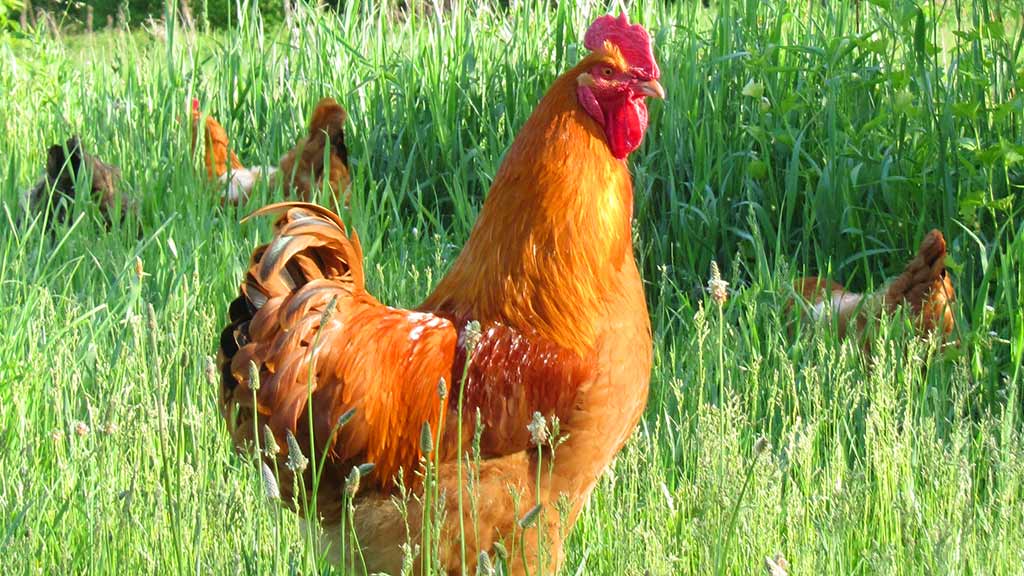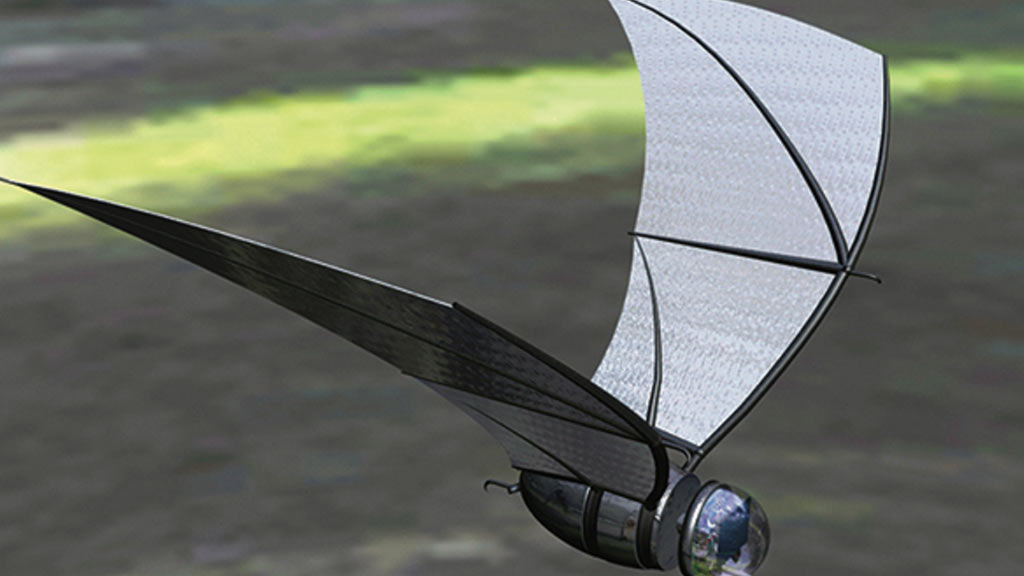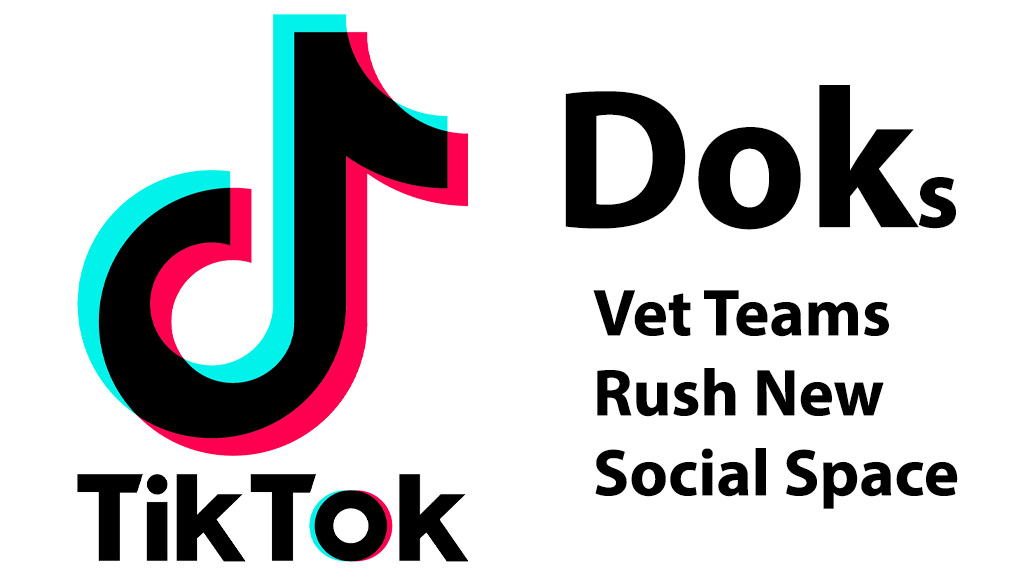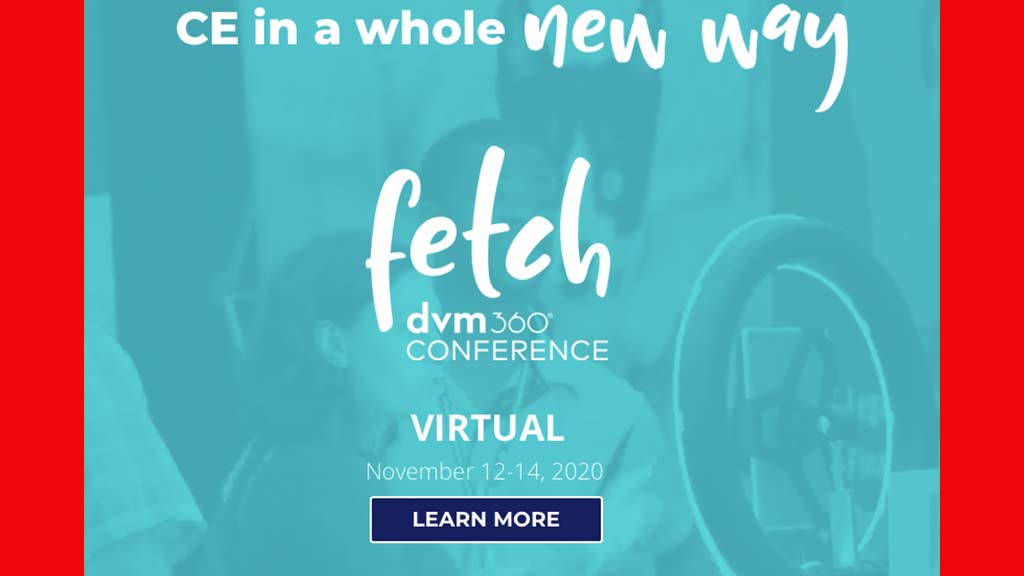Management Lessons From Chickens…Really?
Do Critics Have A Case?
It occurred to me that detractors might be thinking,”Halow, learned his management practices from chickens, huh? No surprise there!”
In my defense, inspiration for some of the world’s biggest philosophical and scientific breakthroughs was sourced from animals and nature.

Aristotle wrote his work, Physics, after considering the movement of stars in the nighttime skies. He was also one of the first of scientists to describe the concepts of metabolism, temperature regulation, embryogenesis, and inheritance after observing marine biology.
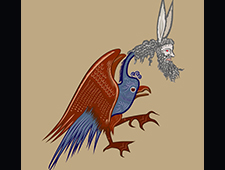
During the Middle Ages, religion, morals, and societal behavior were understood and explained through the behavior of animals. These tomes were called bestiaries. They were compendiums of beasts, both natural and mythical, and were used not just as sources of knowledge of the natural world, but as catechisms of moral rectitude for early Christians.

Lord William Thomson Kelvin, inventor of the absolute temperature scale, also invented several highly accurate marine instruments after sailing on a yacht for a number of summers and making observations of the sea and tides. The compass that he built was one of the most accurate of its day. He also constructed a machine that precisely foretold high and low tides anywhere in the world.
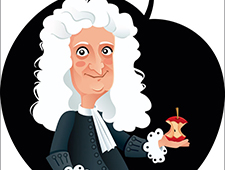
Isaac Newton was gobsmacked after watching an apple fall from a tree. To this day his calculations for gravity have been used to launch spacecraft into interstellar space and to orbit many of our solar system’s planets, moons and even some asteroids. Interesting side fact, the reason he saw the apple fall is because he was sheltering in place due to a pandemic! An outbreak of bubonic plague at Cambridge forced him to stay in Lincolnshire where on one very fateful day, he had his feet propped up, and saw an apple fall!
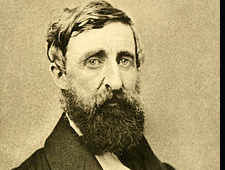
Henry Thoreau, author of every English teacher’s favorite book, Walden, was a major influencer of Tolstoy, Gandhi, and Martin Luther King, Jr. His essay, Resistance to Civil Government, or Civil Disobedience for short, arguably shaped many of the milestones of 20th Century politics.

Jane Goodall’s study of chimpanzees reshaped our thinking of what it means to be human. She remains a fiercely independent spirit, activist, influencer, and thinker.
So by all means, allow your management decisions to be inspired by things you see both inside and outside of your business. Manage employee performance issues with curiosity, not frustration; don’t ask someone what to do about poor business metrics, ask yourself why they are what they are. Come to the office ready to see work from a different perspective, from that of your employee, or your employer, or the patients you care for, or…the chickens in your backyard. Truly successful leaders don’t start out knowledgeable, they start out curious, interested and creative.
Everything I Need To Know About Management: Three Key Insights From Chickens
When you raise chickens, you’ll notice all kinds of quirky, yet sensical behaviors. They quickly learn that you’re the person with the food and the water, so as soon as they see you rounding the corner, they’ll come hustling towards you in a full trot. They seek out hidden nesting spots to keep you and the rest of the flock unaware of their egg cache. In their chicken way, hens and roosters demonstrate signs of curiosity, frustration, contentment and even trickery. For example, roosters lure hens close enough to mate by pretending to find something good to eat in the forage area. They lower their head, peck at the ground, and imitate the same clucking sound that hens use to teach chicks the difference between good and bad forage. The hens come running and as soon as they are close enough, the rooster overtakes the hen and mates with her.
With an active enough imagination, all kinds of comparisons are possible, but here are the three chicken behaviors that served as inspiration for this piece:
The Pecking Order
Shared Nests and Brood Parasitism
Stabilizing Forces Inside Flocks
I’ll take some time to discuss each of three behavior patterns, how they mirror what happens at work, and how I’ve reshaped management tools based on my observations.
The Pecking Order and Hierarchal Forms of Leadership
Pecking orderis a colloquial term coined by Norwegian zoologist Thorleif Schjelderup-Ebbe in a PhD dissertation written in 1921. The term describes the way chickens express a hierarchical system of social organization through dominance, in this case superior ranked chickens that peckinferior ones with their beaks.
Deleted: Pecking order, or dominance hierarchy occurs in most animal speciesincluding insects, crustaceans, fish, birds and mammals. It can take a linear form where the alpha is dominant over the beta, the beta over the gamma, and so forth down the line; a despotic one in which the alpha is dominant and all others in the group share an equal plain of subordination; or, as is usually the case, a form somewhere in-between where higher ups are acknowledged as superior, but sometimes toppled every now and then by other aspiring members of the group.
Deleted: Most agree that the pecking order helps species and groups succeed and that the costs and benefits are meted out equally for both dominant and subordinate individuals. Those higher up in the pecking order usually have access to the best food, nesting sites, and opportunities to mate, while those lower in the pecking order enjoy steady, safe access to food and never having to defend the territory in which they live. Higher ups usually have lower mortality rates, higher birth rate success, but greater stress levels and more risk of death due to defending their position at the top. The converse is true for lower ranked members of a group.
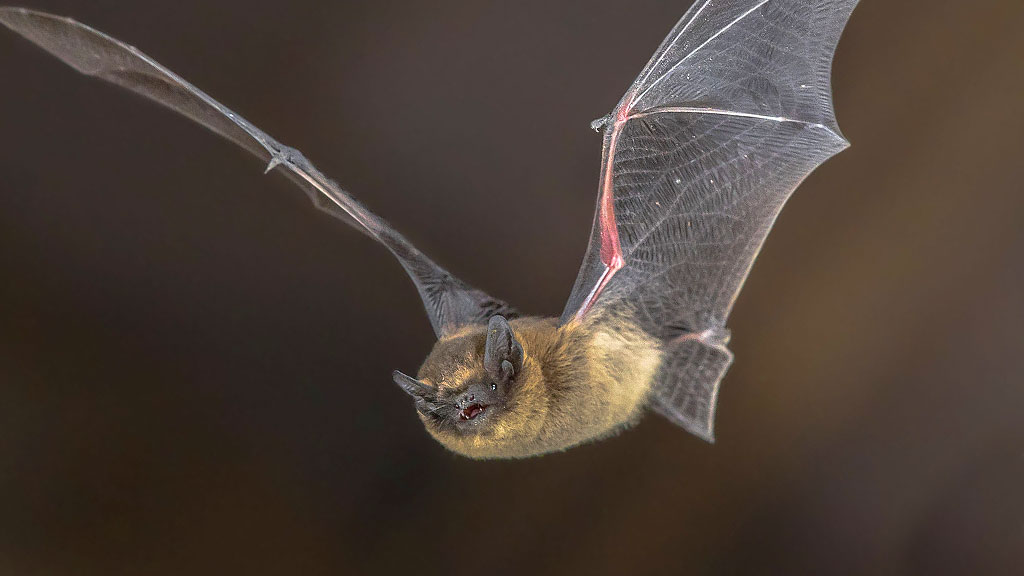
Bat
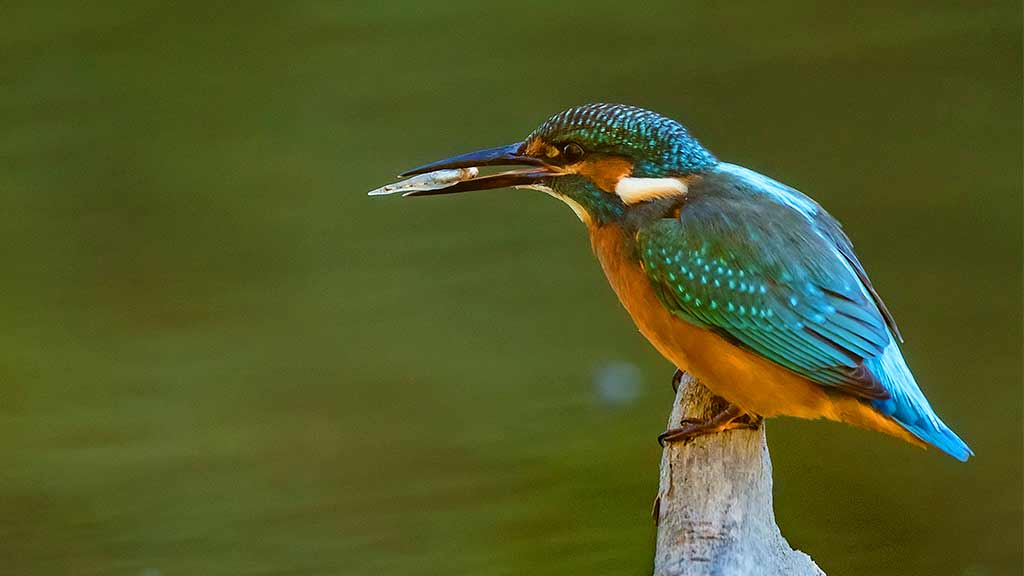
Kingfisher
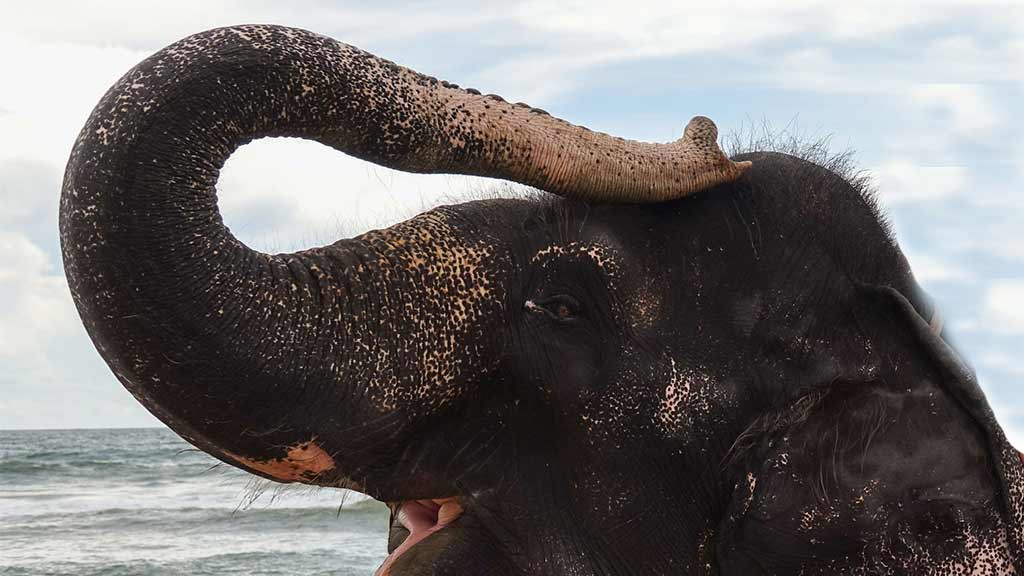
Peanut Picker
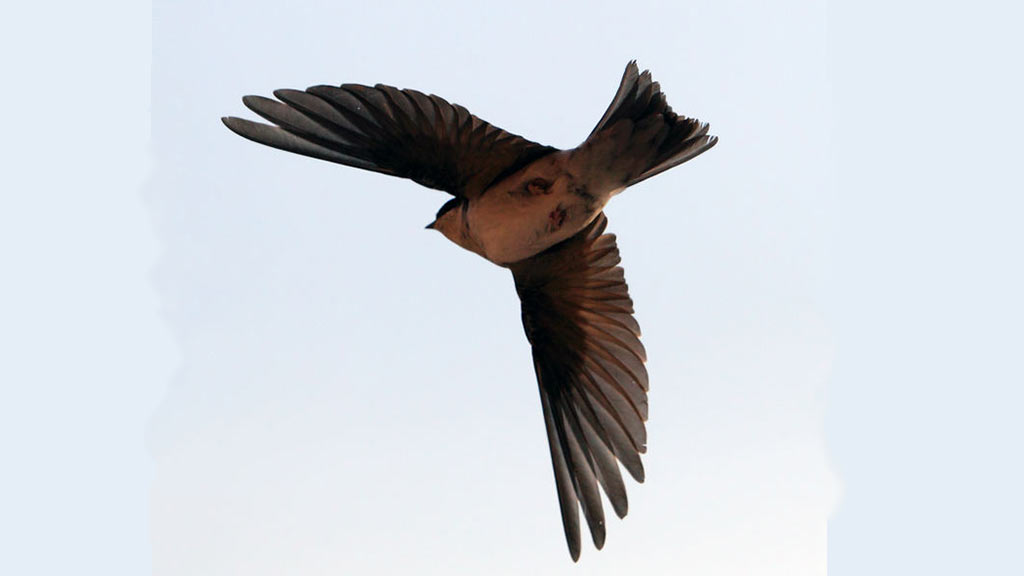
Chimney Swift

Burdock Seed
So by all means, allow your management decisions to be inspired by things you see both inside and outside of your business. Manage employee performance issues with curiosity, not frustration; don’t ask someone what to do about poor business metrics, ask yourself why they are what they are. Come to the office ready to see work from a different perspective, from that of your employee, or your employer, or the patients you care for, or…the chickens in your backyard. Truly successful leaders don’t start out knowledgeable, they start out curious, interested and creative.
Everything I Need To Know About Management: Three Key Insights From Chickens
When you raise chickens, you’ll notice all kinds of quirky, yet sensical behaviors. They quickly learn that you’re the person with the food and the water, so as soon as they see you rounding the corner, they’ll come hustling towards you in a full trot. They seek out hidden nesting spots to keep you and the rest of the flock unaware of their egg cache. In their chicken way, hens and roosters demonstrate signs of curiosity, frustration, contentment and even trickery. For example, roosters lure hens close enough to mate by pretending to find something good to eat in the forage area. They lower their head, peck at the ground, and imitate the same clucking sound that hens use to teach chicks the difference between good and bad forage. The hens come running and as soon as they are close enough, the rooster overtakes the hen and mates with her.
Deleted: With an active enough imagination, all kinds of comparisons are possible, but here are the three chicken behaviors that served as inspiration for this piece:
Everything I Need To Know About Management: Three Key Insights From Chickens
When you raise chickens, you’ll notice all kinds of quirky, yet sensical behaviors. They quickly learn that you’re the person with the food and the water, so as soon as they see you rounding the corner, they’ll come hustling towards you in a full trot. They seek out hidden nesting spots to keep you and the rest of the flock unaware of their egg cache. In their chicken way, hens and roosters demonstrate signs of curiosity, frustration, contentment and even trickery. For example, roosters lure hens close enough to mate by pretending to find something good to eat in the forage area. They lower their head, peck at the ground, and imitate the same clucking sound that hens use to teach chicks the difference between good and bad forage. The hens come running and as soon as they are close enough, the rooster overtakes the hen and mates with her.
The Pecking Order
Shared Nests and Brood Parasitism
Stabilizing Forces Inside Flocks
I’ll take some time to discuss each of three behavior patterns, how they mirror what happens at work, and how I’ve reshaped management tools based on my observations.
The Pecking Order and Hierarchal Forms of Leadership
Pecking orderis a colloquial term coined by Norwegian zoologist Thorleif Schjelderup-Ebbe in a PhD dissertation written in 1921. The term describes the way chickens express a hierarchical system of social organization through dominance, in this case superior ranked chickens that peckinferior ones with their beaks.
Pecking order, or dominance hierarchy occurs in most animal speciesincluding insects, crustaceans, fish, birds and mammals. It can take a linear form where the alpha is dominant over the beta, the beta over the gamma, and so forth down the line; a despotic one in which the alpha is dominant and all others in the group share an equal plain of subordination; or, as is usually the case, a form somewhere in-between where higher ups are acknowledged as superior, but sometimes toppled every now and then by other aspiring members of the group
Most agree that the pecking order helps species and groups succeed and that the costs and benefits are meted out equally for both dominant and subordinate individuals. Those higher up in the pecking order usually have access to the best food, nesting sites, and opportunities to mate, while those lower in the pecking order enjoy steady, safe access to food and never having to defend the territory in which they live. Higher ups usually have lower mortality rates, higher birth rate success, but greater stress levels and more risk of death due to defending their position at the top. The converse is true for lower ranked members of a group.
a href=”https://www.bashhalow.com/wp-content/uploads/2020/12/Everything-I-need-to-know-about-employees-rooster.jpg”>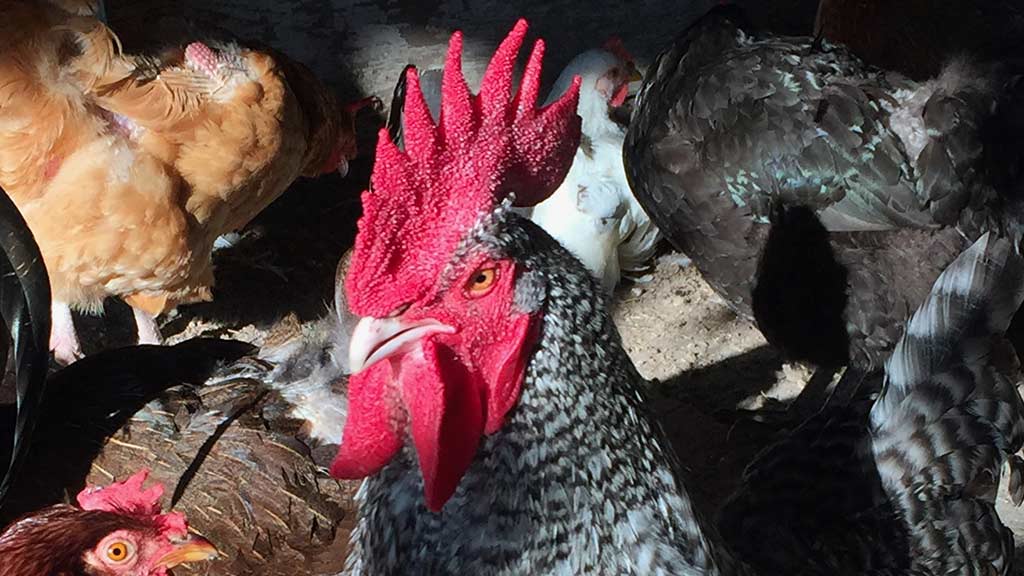

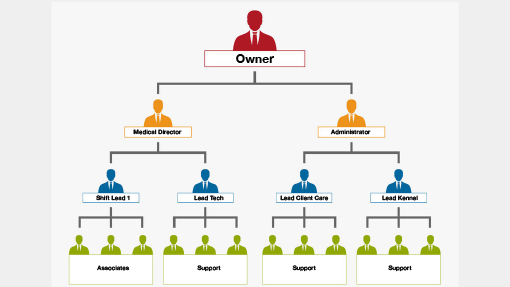
Hierarchy In The Veterinary Space
Benefits
- Usually have more consistent structure
- Clearer expectations for performance
- Pathways forward seem more linear
Drawbacks
- Can stifle creative input
- Can cause disengagement
- Can atrophy from lack of innovation
- Can have excessive redundancy built into workflow that decreases efficiency
Provided leaders keep an eye out for the serious drawbacks that can come with an hierarchical approach to leadership, this method of organization can serve veterinary practices well.
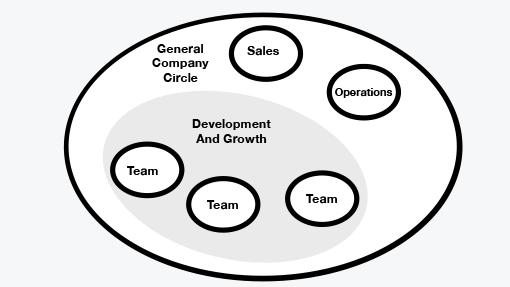
Holacracy In The Veterinary Space
Benefits
- Stimulates innovation
- Exacts stronger engagement from team members
- Creates an uplifting work culture
Drawbacks
- Requires high functioning, engaged employees
- Requires employees with high emotional IQs
- Requires dynamic, imaginative leaders
- Dynamic structure creates opportunities for mistakes
Excellent for startups, but more challenging as the company grows and when it needs ongoing, reliable systems for follow through and sustained growth.

